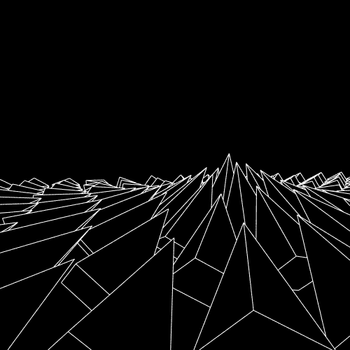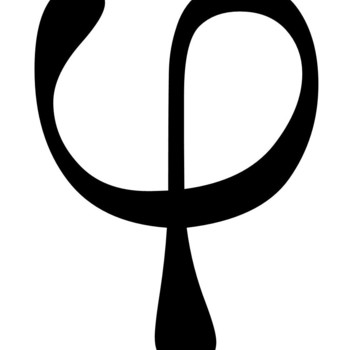Question #6cbbb
2 Answers
Explanation:
This is a neutralization reaction. In a neutralization reaction, the chemical equation is as follows:
Here, we got
So, our reaction will be
To balance it, I see
This is also a reaction that has been covered here:
https://socratic.org/questions/cuo-s-hcl-aq-equation-and-net-ionic-equation
Explanation:
It is a double displacement reaction, where positive charged elements change their negative pairs.
What I mean is:
But we need to balance it so:
This happens because the products have an extra Chlorine (



